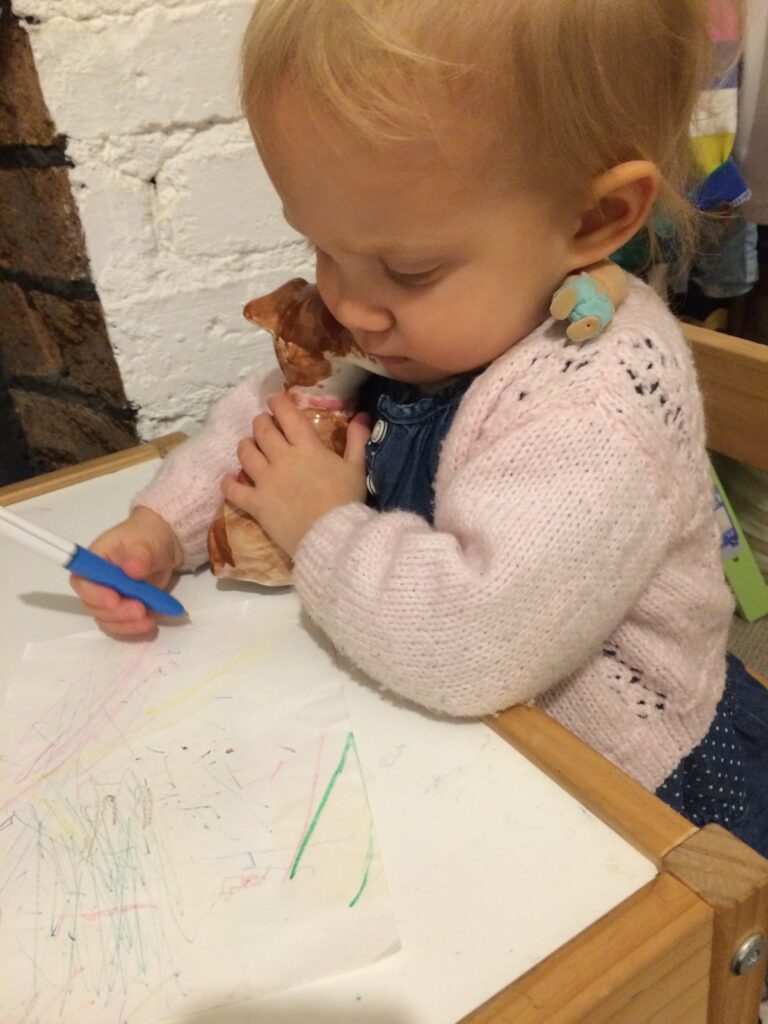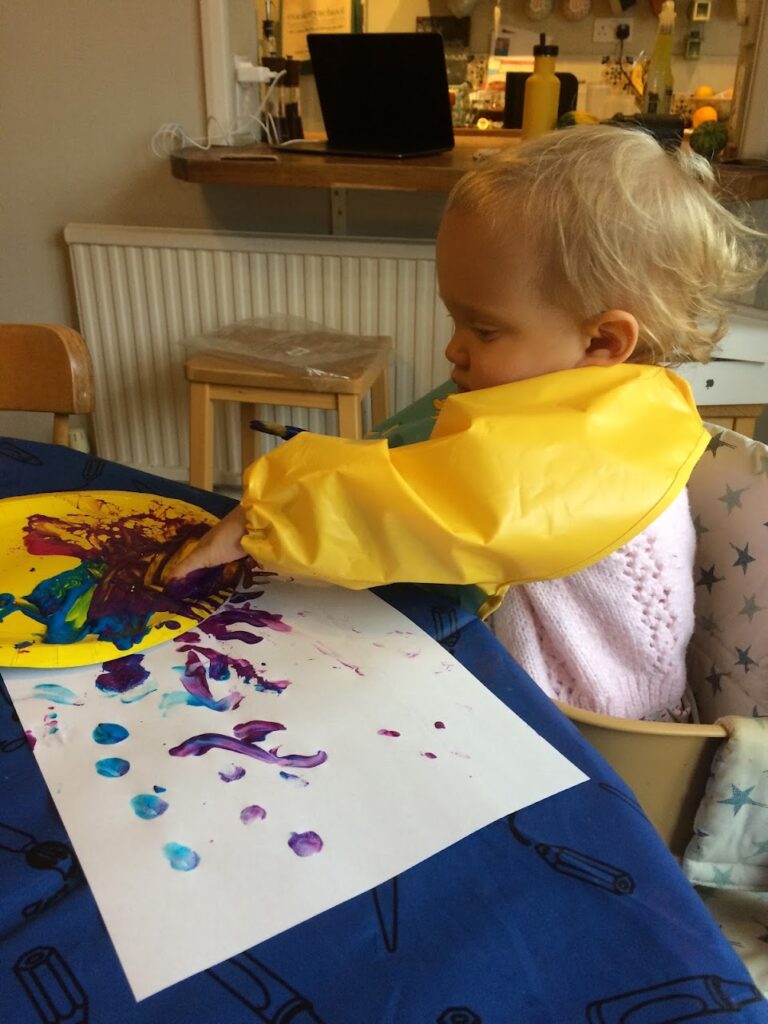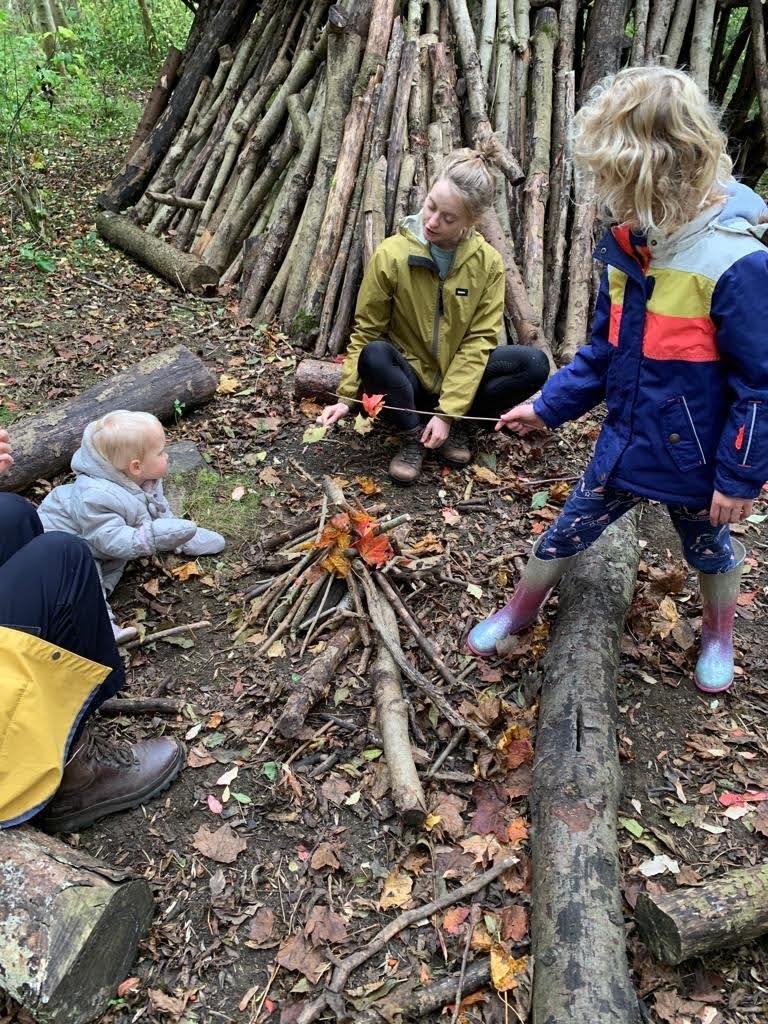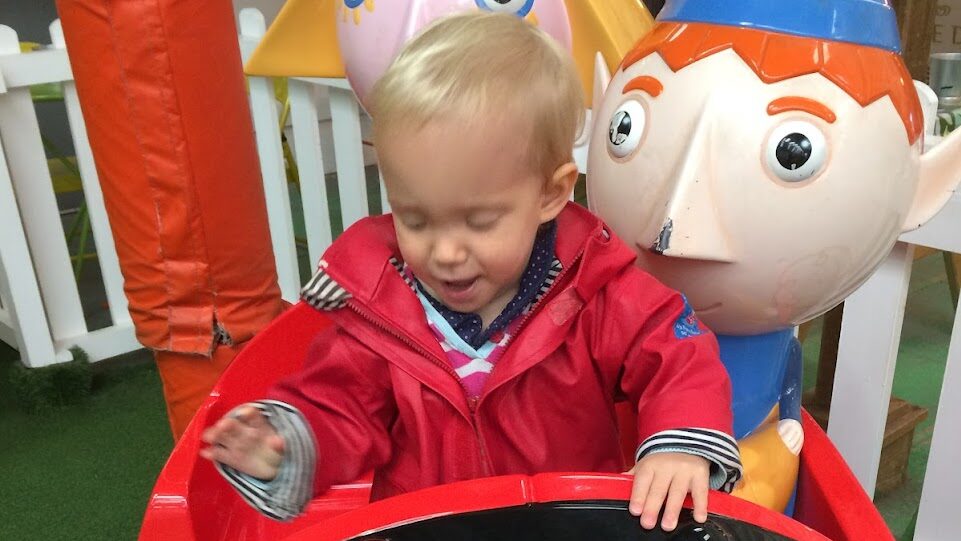I was writing an assignment this morning and came across a brilliant article which got me all fired up about the amazing vehicle of play. It was so refreshing to read as I find so often in my job that many people don’t know let alone understand what play therapy is. I went to an absolutely lovely toddler group the other week and one of the mums there asked me what I do. When I said I was a play therapist she said “oh, so you basically do this all the time”. Sit and watch well adjusted children play with very little involvement as I chat to other mums. Not really. So, what really is play therapy?
It’s hard to sum it up in a nut shell, but I will do my best to bring some enlightenment without taking up your entire evening! Play not only has physical benefits, but social and neurological as well. Play stimulates the brain and helps develop brain structures. The brain uses play in the conscious as well as an unconscious. In the playroom, the child can express through use of the toys on a very literal level or totally symbolic. It is never my place, as a therapist, to interpret the child’s play (only they know what is truly going on), but instead to provide an environment which is fully accepting and non-judgemental so they can freely express whatever they need to.
Play brings together fantasy and reality. In play, situations are fundamentally not real so children can explore and experiment within safe parameters. Where circumstances have been threatening for children they can be empowered through play as they are able to take ownership and control over the happenings of the toys. In the playroom, I often see repetitive play. Children use play to work something out. If their trauma is particularly complicated this may take several weeks – months. By playing it again and again they start to make sense of it. Watch a baby learn to communicate. Once they have learnt a word they say it over and over to fully embed it into their vocabulary. At the moment, Awena is taking on new words almost everyday. When she wakes in the morning I often hear her sitting in her bed and just chatting, practicing all her new words. This is similar to how play works. Repetition brings consolidation. Play is the language of a child and the toys are seen as the words.

Repetition – in and out 
Copying big sis 
Messy play 
Role play 
Imaginative play
In play therapy some children will play out exactly what has happened in their traumatic lives. Dinosaurs may terrorise a home; characters may move from home to home; toys may be battered and bashed; babies may be left, forgotten. The words of the children here are clear. As the therapist, I am able to reflect the feelings and emotions expressed in these situations and help the child understand how it has made them feel and how to manage these emotions. This is all done through play too and if I am invited into the play I can add some direction. However, more often than not I will stay non-directive. If the child can work something out for themselves it provides true learning. Take yourself back to a time when you had that dreaded piece of maths homework to do by the next day. You look at it again and again and blink at it blankly. You ask for help (and by help you mean you ask your dad to do it for you). He doesn’t. He tries to explain it to you again. Why won’t he just do it for you? He knows, you don’t. Get my point – by doing the homework myself I learnt how to do a simultaneous equation (don’t ask me to do one now tho – that was a LONG time ago!), whereas had my dad done it for me, I wouldn’t have had a clue even then. And, if I was to revisit it now, I’d have a greater chance of figuring it out again. Same goes for the play. If a kid solves their own problems it becomes engrained in their being, rather than something someone has just told them.
On other occasions, play will be a lot more symbolic and at these times my role as therapist is about ensuring that child is able to work through whatever it is that they need to. One of the very first children I ever worked with taught me this. She would come to the playroom and paint between 3-5 pictures each week (creativity also enables emotional regulation). She’d do this in silence and I’d sit with her and observe the way she painted. I’d wonder if there was anything she’d like to tell me about her pictures. “It’s a cat” is pretty much all the detail I got. On our last session we did an activity in which I encouraged her to reflect on her time in play therapy and wondered if she had a word which could sum it up. She looked me in the eye (for the first time) and said “thank you”. What her process had been I still have no idea to this day, but by enabling her the space and symbolically holding her she was able to express what she needed to. The voice within had taught her something and she had heard it.
I could go on! I could talk about how empathy is learnt, how social skills are developed, how attachments are reestablished. But, I promised I wouldn’t take your whole evening. So, I will leave you with this:
“Whoever wants to understand much must play much.” – Gottfried Benn

